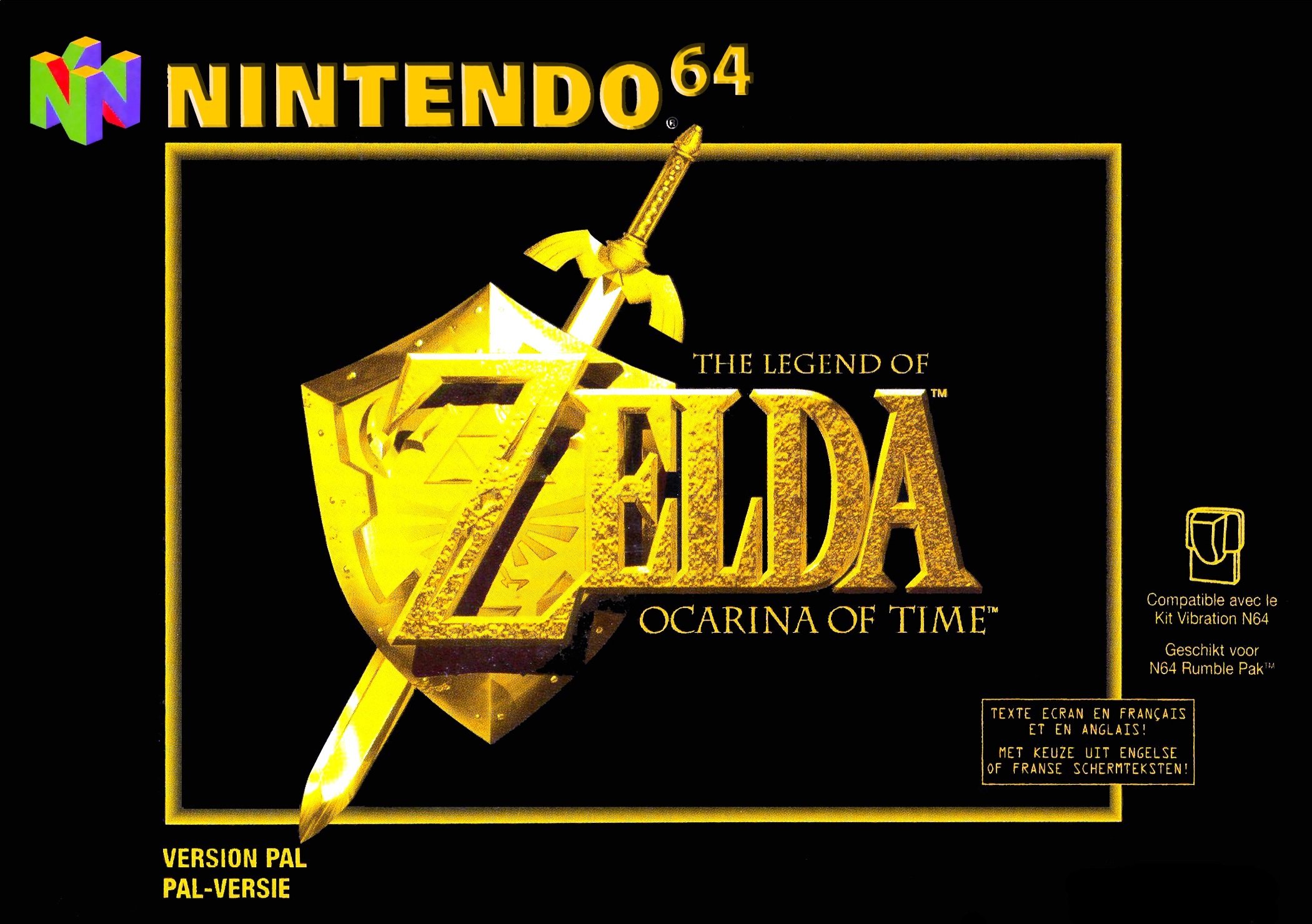
THE LEGEND OF ZELDA: OCARINA OF TIME
The Legend of Zelda: Ocarina of Time, released in 1998 for the Nintendo 64, is heralded as one of the greatest video games ever made, representing a pinnacle of artistic achievement in the medium. Developed by Nintendo EAD under the direction of Shigeru Miyamoto, this game set new standards for the action-adventure genre with its immersive world, groundbreaking gameplay, and narrative depth.
The creation of Ocarina of Time was an ambitious project that aimed to transition the beloved Zelda series into the realm of 3D. Miyamoto and his team were driven by the goal to create an interactive world filled with adventure and discovery. The game's development was marked by innovative design choices, including the introduction of Z-targeting for combat and a context-sensitive action button, both of which would become influential mechanics in the gaming industry.
Ocarina of Time is renowned for its well-balanced difficulty, offering a challenging yet accessible experience for players. The game seamlessly blended exploration, puzzle-solving, and combat, with each element carefully designed to be intuitive but requiring thought and skill. The game’s dungeons were particularly notable for their intricate design and the clever use of items and mechanics unique to each.
Graphically, Ocarina of Time was a masterpiece of its time. It featured a vast and detailed 3D world that players could explore with an unprecedented sense of freedom. The character models and animations brought the inhabitants of Hyrule to life, while the dynamic environments, from the lush Kokiri Forest to the expansive Hyrule Field, created an immersive and believable world.
The game's music, composed by the legendary Koji Kondo, was integral to its emotional impact. The soundtrack, with its memorable melodies and atmospheric compositions, perfectly captured the essence of the game’s various environments and moments. The use of an ocarina, a central gameplay element, allowed players to interact with the music directly, playing melodies that had magical effects within the game world.
In terms of design, Ocarina of Time was groundbreaking. It introduced a day-night cycle that affected the game world and its inhabitants, adding a dynamic layer to the gameplay. The game's narrative was also a significant achievement, offering a compelling and epic story that seamlessly integrated with the gameplay.
Culturally, Ocarina of Time had a profound impact. It not only set a new standard for 3D action-adventure games but also influenced how stories are told and worlds are constructed in video games. The game’s critical and commercial success cemented the Zelda series’ place in gaming history and left a lasting legacy on the industry.
Did you know? Ocarina of Time was originally planned to be developed for the Nintendo 64DD add-on, but due to the 64DD's delayed release, the game was shifted to the standard Nintendo 64 cartridge format.
The Legend of Zelda: Ocarina of Time remains a testament to the creative potential of video games, showcasing the medium's ability to offer immersive, emotionally resonant, and artistically rich experiences. Its innovation in gameplay, storytelling, and world-building continues to inspire game developers and captivate players around the world.

